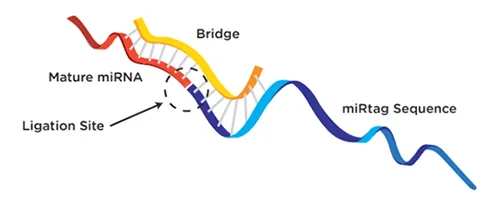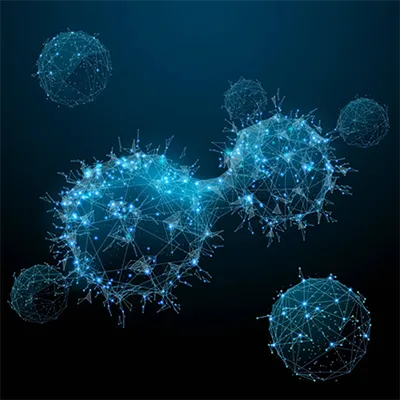

 PanCancer IO 360™ Panel
PanCancer IO 360™ Panel  Breast Cancer 360™ Panel
Breast Cancer 360™ Panel  Tumor Signaling 360 Panel
Tumor Signaling 360 Panel  CD3/CD4/CD8
CD3/CD4/CD8  Naive & Memory Markers
Naive & Memory Markers  NK Cell Markers
NK Cell Markers  Measure shifts in TCR diversity in response to disease or therapeutic treatments, simultaneously measure TCR diversity and T cell phenotype with a streamlined workflow
Measure shifts in TCR diversity in response to disease or therapeutic treatments, simultaneously measure TCR diversity and T cell phenotype with a streamlined workflow  Obtain a report with a TCR diversity score for each sample
Obtain a report with a TCR diversity score for each sample  CD3/CD4/CD8
CD3/CD4/CD8  Naive & Memory Markers
Naive & Memory Markers  NK Cell Markers
NK Cell Markers  Measure shifts in TCR diversity in response to disease or therapeutic treatments, simultaneously measure TCR diversity and T cell phenotype with a streamlined workflow
Measure shifts in TCR diversity in response to disease or therapeutic treatments, simultaneously measure TCR diversity and T cell phenotype with a streamlined workflow  Obtain a report with a TCR diversity score for each sample
Obtain a report with a TCR diversity score for each sample  CD3/CD4/CD8
CD3/CD4/CD8  Naive & Memory Markers
Naive & Memory Markers  NK Cell Markers
NK Cell Markers  Measure shifts in TCR diversity in response to disease or therapeutic treatments, simultaneously measure TCR diversity and T cell phenotype with a streamlined workflow
Measure shifts in TCR diversity in response to disease or therapeutic treatments, simultaneously measure TCR diversity and T cell phenotype with a streamlined workflow  Obtain a report with a TCR diversity score for each sample
Obtain a report with a TCR diversity score for each sample  CD3/CD4/CD8
CD3/CD4/CD8  Naive & Memory Markers
Naive & Memory Markers  NK Cell Markers
NK Cell Markers  Measure shifts in TCR diversity in response to disease or therapeutic treatments, simultaneously measure TCR diversity and T cell phenotype with a streamlined workflow
Measure shifts in TCR diversity in response to disease or therapeutic treatments, simultaneously measure TCR diversity and T cell phenotype with a streamlined workflow  Obtain a report with a TCR diversity score for each sample
Obtain a report with a TCR diversity score for each sample  Optimize CAR-T method development
Optimize CAR-T method development  Create manufacturing acceptance criteria
Create manufacturing acceptance criteria  Measure metabolic fitness and persistence
Measure metabolic fitness and persistence  Monitor post-infusion exhaustion and toxicity
Monitor post-infusion exhaustion and toxicity  Comprehensive gene expression analysis of cancer progression
Comprehensive gene expression analysis of cancer progression  Quantify gene expression of metastatic growth and suppressor genes
Quantify gene expression of metastatic growth and suppressor genes  Rapidly and easily screen samples for biomarker discovery or drug mechanism of action to support your research
Rapidly and easily screen samples for biomarker discovery or drug mechanism of action to support your research 
 Profile 800 genes across 47 annotated pathways involved in canine immune response to IO treatments
Profile 800 genes across 47 annotated pathways involved in canine immune response to IO treatments  Overlapping content with NanoString’s Human PanCancer IO 360 and PanCancer Immune Profiling Panels provides a suite of panels for comparative studies
Overlapping content with NanoString’s Human PanCancer IO 360 and PanCancer Immune Profiling Panels provides a suite of panels for comparative studies  PanCancer coverage with tumor specific content for top canine cancers including Melanoma, Osteosarcoma, Lymphoma, Urothelial Carcinoma, and Glioblastoma.
PanCancer coverage with tumor specific content for top canine cancers including Melanoma, Osteosarcoma, Lymphoma, Urothelial Carcinoma, and Glioblastoma. 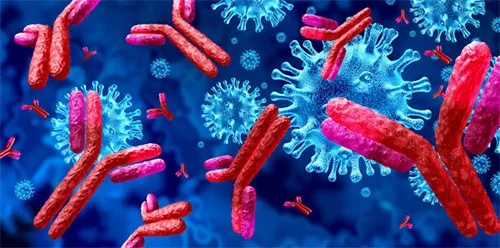
 Ideal for the study of allergy, autoimmune diseases, and the immune response to infectious disease
Ideal for the study of allergy, autoimmune diseases, and the immune response to infectious disease  Unique mouse genes address known differences such as unique receptor ligands, Ig receptors and chemokines
Unique mouse genes address known differences such as unique receptor ligands, Ig receptors and chemokines  Over 500 general immunology genes.
Over 500 general immunology genes.  Therapeutic mechanism of action (MOA) studies
Therapeutic mechanism of action (MOA) studies  Immunotherapy-induced adverse event investigations
Immunotherapy-induced adverse event investigations  Discovery/validation of disease and therapeutic specific biomarkers
Discovery/validation of disease and therapeutic specific biomarkers  Development of predictive signatures of drug response
Development of predictive signatures of drug response  Compatible with challenging sample types such as PBMCs and FFPE
Compatible with challenging sample types such as PBMCs and FFPE  Mechanisms of immune evasion
Mechanisms of immune evasion  Damage response, wound healing & tissue repair
Damage response, wound healing & tissue repair  Immune regulation
Immune regulation  Disease pathogenesis
Disease pathogenesis  Treatment response vs. non-response
Treatment response vs. non-response  Study the immune response to transplanted tissue
Study the immune response to transplanted tissue  Discover biomarkers for organ rejection and tissue damage for kidney, heart, liver, and lung
Discover biomarkers for organ rejection and tissue damage for kidney, heart, liver, and lung  Evaluate immunosuppressive drug pathways
Evaluate immunosuppressive drug pathways  Understand mechanisms behind drug-induced toxicity
Understand mechanisms behind drug-induced toxicity  Identify BK Polyomavirus, Cytomegalovirus, and Epstein-Barr virus
Identify BK Polyomavirus, Cytomegalovirus, and Epstein-Barr virus  Quantify the relative abundance of 14 different immune cells
Quantify the relative abundance of 14 different immune cells  Content useful for the study of asthma, allergy, arthritis, and neurological-related inflammation
Content useful for the study of asthma, allergy, arthritis, and neurological-related inflammation  Coverage of anti-inflammatory drugs that modulate the inflammatory response
Coverage of anti-inflammatory drugs that modulate the inflammatory response  Overlapping coverage between Human and Mouse panels for direct species comparison
Overlapping coverage between Human and Mouse panels for direct species comparison  Elucidate the mechanism of action behind the four stages of fibrosis: initiation, inflammation, proliferation, and modification
Elucidate the mechanism of action behind the four stages of fibrosis: initiation, inflammation, proliferation, and modification  Understand the signaling cascade from cell stress to inflammation
Understand the signaling cascade from cell stress to inflammation  Quantify the relative abundance of 14 different immune cell types
Quantify the relative abundance of 14 different immune cell types 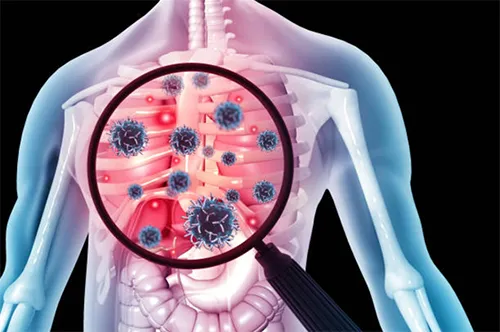
 Host Susceptibility
Host Susceptibility  Interferon Response
Interferon Response  Innate Immune Cell Activation
Innate Immune Cell Activation  Adaptive Immune Response
Adaptive Immune Response  Homeostasis
Homeostasis  Develop signatures of host response dynamics
Develop signatures of host response dynamics  Immune Activation
Immune Activation  Immune Suppression
Immune Suppression  Immune Status
Immune Status  Immune Checkpoints
Immune Checkpoints  Epigenetics
Epigenetics  Metabolism & Microenvironment
Metabolism & Microenvironment  Mechanisms of immune evasion
Mechanisms of immune evasion  Damage response, wound healing & tissue repair
Damage response, wound healing & tissue repair  Immune regulation
Immune regulation  Disease pathogenesis
Disease pathogenesis  Treatment response vs. non-response
Treatment response vs. non-response 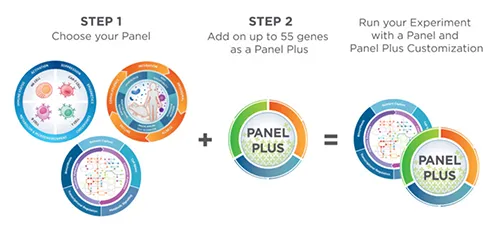
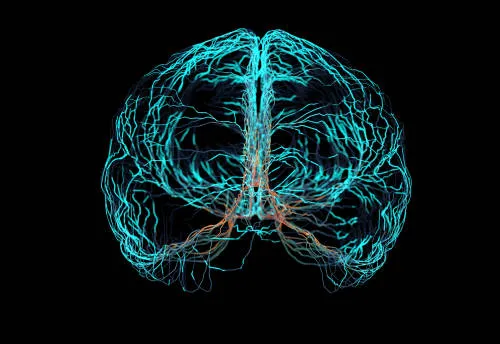
 Cell stress & Damage Response
Cell stress & Damage Response  Pathways Regulating Glia
Pathways Regulating Glia  Inflammation & Peripheral Immune Invasion
Inflammation & Peripheral Immune Invasion  Glial Cell Homeostasis & Activation
Glial Cell Homeostasis & Activation  Neurotransmission
Neurotransmission  Quantify the relative abundance of 5 CNS cell types and 14 peripheral immune cells
Quantify the relative abundance of 5 CNS cell types and 14 peripheral immune cells  Gene expression profiling of neuroimmune interactions
Gene expression profiling of neuroimmune interactions  The study of drug treatment response and signature generation
The study of drug treatment response and signature generation  Biomarker characterization
Biomarker characterization  Research of neurodegenerative disease, traumatic brain injury, psychiatric disorders, neuropathic pain, CNS infection, and others
Research of neurodegenerative disease, traumatic brain injury, psychiatric disorders, neuropathic pain, CNS infection, and others  Developed for research of Alzheimer's Disease, Parkinson's Disease, Amyotrophic Lateral Sclerosis, Frontotemporal Dementia, Huntington's Disease, and other neurological disorders
Developed for research of Alzheimer's Disease, Parkinson's Disease, Amyotrophic Lateral Sclerosis, Frontotemporal Dementia, Huntington's Disease, and other neurological disorders  Includes unique cell typing feature for measuring the abundance of five important CNS cell types, including neurons, astrocytes, microglia, oligodendrocytes, and endothelial cells
Includes unique cell typing feature for measuring the abundance of five important CNS cell types, including neurons, astrocytes, microglia, oligodendrocytes, and endothelial cells  770 gene made-to-order panel for human or mouse built as a Custom CodeSet
770 gene made-to-order panel for human or mouse built as a Custom CodeSet  Comprehensive assessment of 30 AD-associated gene co-expression modules including 23 neurodegeneration pathways and processes
Comprehensive assessment of 30 AD-associated gene co-expression modules including 23 neurodegeneration pathways and processes  Reproducible monitoring of AD progression with age
Reproducible monitoring of AD progression with age  Functional screening of potential AD therapeutics
Functional screening of potential AD therapeutics  AD characterization customizable with up to 55 additional user-defined genes with Panel Plus option
AD characterization customizable with up to 55 additional user-defined genes with Panel Plus option 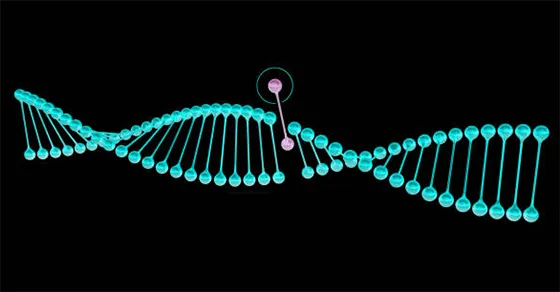
 Study processes known to impact gene therapy development and manufacturing
Study processes known to impact gene therapy development and manufacturing  Understand factors influencing optimal gene therapy development and manufacturing
Understand factors influencing optimal gene therapy development and manufacturing  Monitor for toxicities
Monitor for toxicities  Quantify the presence and relative abundance of different immune cell types present during therapy
Quantify the presence and relative abundance of different immune cell types present during therapy  Customize to incorporate therapy specific biology, enabling parallel monitoring of therapy and host response biology
Customize to incorporate therapy specific biology, enabling parallel monitoring of therapy and host response biology  Stemness
Stemness  Pluripotency
Pluripotency  Regulatory Signaling
Regulatory Signaling  Epigenetics
Epigenetics  Mechano-Signaling
Mechano-Signaling  Metabolism
Metabolism  Differentiation Signaling
Differentiation Signaling  Lineage Specification
Lineage Specification 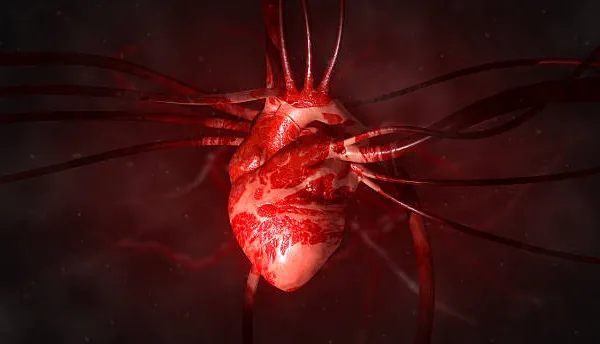
 Cardiovascular Pathology
Cardiovascular Pathology  Cardiovascular Physiology
Cardiovascular Physiology  Vascular Inflammation
Vascular Inflammation  Cellular Aging & Renewal
Cellular Aging & Renewal  Metabolism
Metabolism  Mechano Signaling
Mechano Signaling  Regulatory Signaling
Regulatory Signaling  Epigenetic Remodeling
Epigenetic Remodeling 
